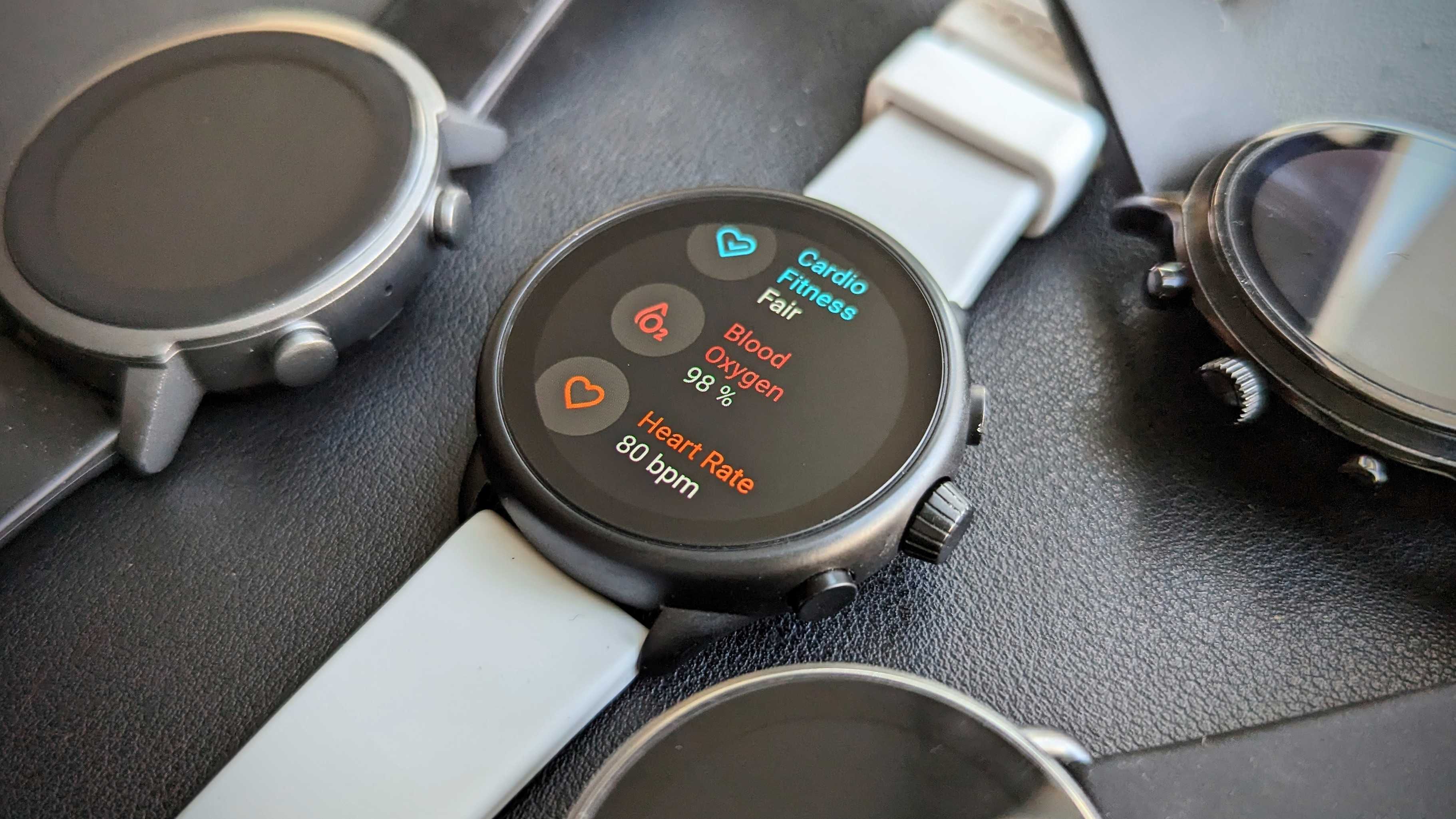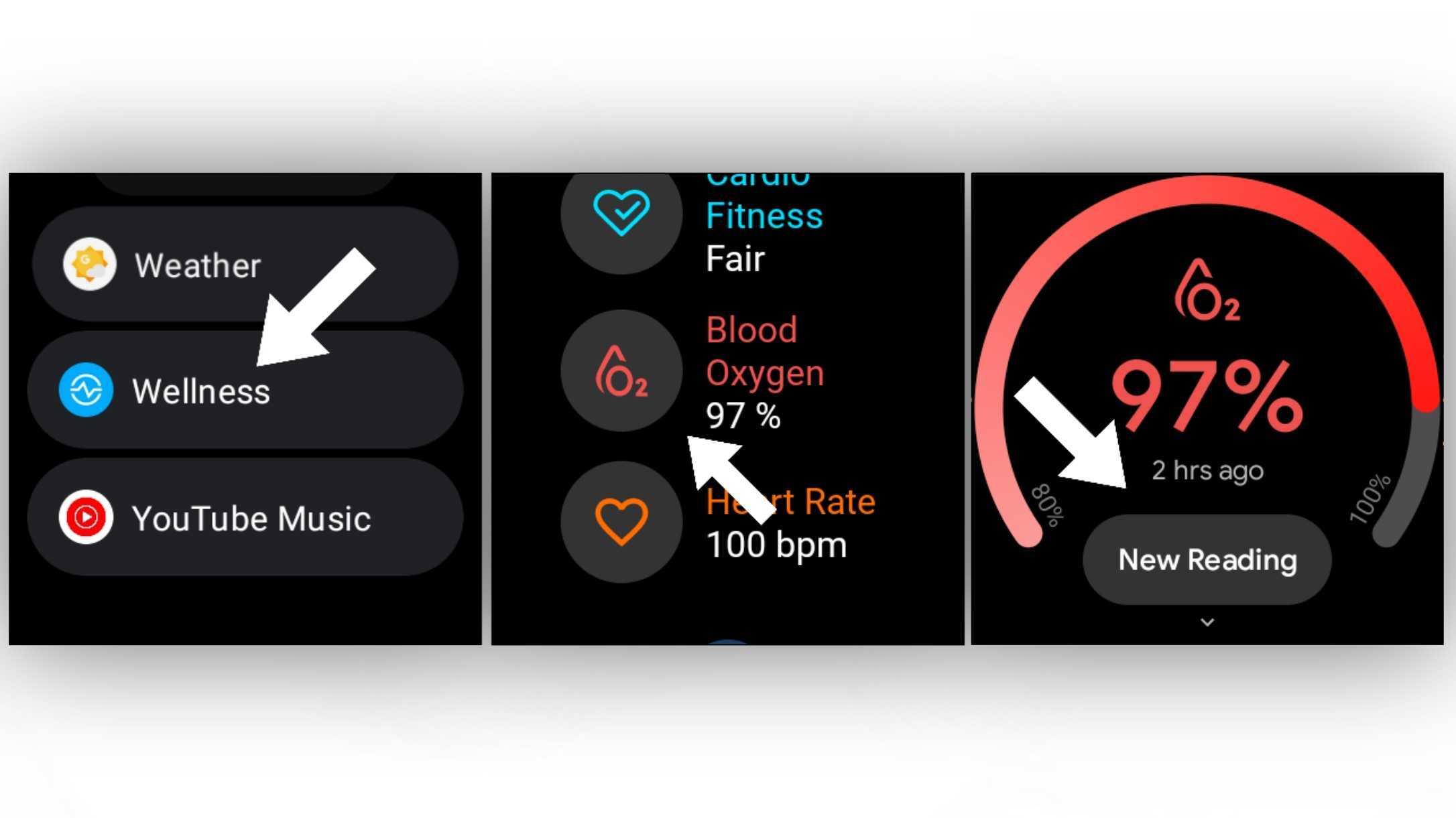How to measure your blood oxygen levels on a Fossil Gen 6 smartwatch
It's just as important as your heart rate.

As smartwatches continue to improve, certain health sensors become more commonplace. Over the past couple of years, measuring blood oxygen levels became an increasingly common feature on Android smartwatches, particularly amid the COVID-19 pandemic, and this is among the various health features found on the Fossil Gen 6 Wellness Edition and other Gen 6 smartwatches.
Blood oxygen (SpO2), or blood saturation, is a bit different from checking your heart rate and represents the amount of oxygen circulating in your blood. For most people, a typical range sits between 95% and 100%. Low blood oxygen can indicate health problems such as sleep apnea, bronchitis, inflammation of your lung tissue, and other conditions.
Checking your blood oxygen levels with the Fossil Gen 6 Wellness Edition and other Gen 6 smartwatches is straightforward, thanks to the advanced sensors.
How to measure your blood oxygen levels
1. Open the Wellness app.
2. Scroll down and tap Blood oxygen.
3. Tap New reading.
4. Wait for the app to prepare the reading. It will begin counting down as it measures your blood oxygen and presents you with a percentage when it's finished.
Get the latest news from Android Central, your trusted companion in the world of Android
The app also saves a history of SpO2 readings that you can easily view by swiping down. You can also set the watch to automatically track blood oxygen, so you won't have to rely on manual measurements.
How to turn on automatic blood oxygen readings
1. From the Wellness app, tap the Settings icon at the bottom and select Account.
2. Tap Tracking Preferences.
3. Scroll down and tap Auto Blood Oxygen to toggle it on.
It's important to note that blood oxygen readings from your Android smartwatch may not be entirely accurate and should not be used for diagnostic purposes. However, you can use these readings to get a good idea of your overall health and should consult your doctor if you have any concerns.
Some people who contract COVID-19 may experience lower blood oxygen, although this isn't always the case. Similarly, low blood oxygen isn't always an indication that you have COVID-19, as there are a number of health conditions that could trigger this. The most accurate way to check blood oxygen is to have your healthcare provider perform a blood test.

The Fossil Gen 6 Wellness Edition helps you stay on top of your health with various health sensors to track your heart rate, blood oxygen, sleep stages, and more. It has a sleek design, runs Wear OS 3, and is powered by a Snapdragon chipset.

Derrek is the managing editor of Android Central, helping to guide the site's editorial content and direction to reach and resonate with readers, old and new, who are just as passionate about tech as we are. He's been obsessed with mobile technology since he was 12, when he discovered the Nokia N90, and his love of flip phones and new form factors continues to this day. As a fitness enthusiast, he has always been curious about the intersection of tech and fitness. When he's not working, he's probably working out.


